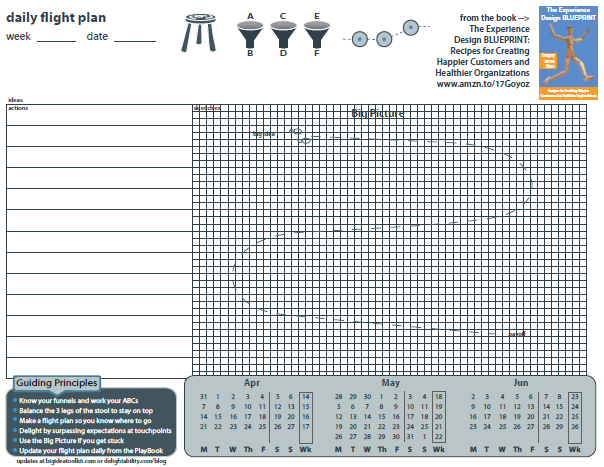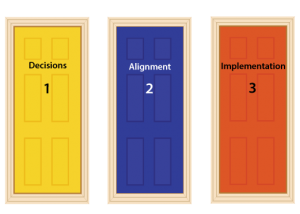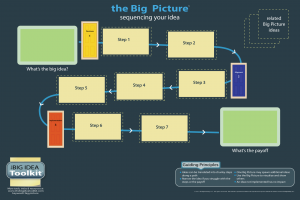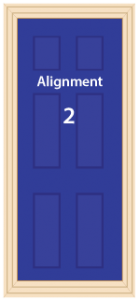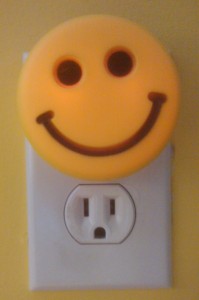Short Term Memory Under Assault
We all need it. We all need improved memories. Our short term memory is sometimes under assault by the pressure of the moment. 15 seconds passes, then 30 and kablooey; the thought you had drifts away into the clouds. Thankfully, in moments like this, pencils, pens, crayons, the whiteboard, paper, sticky notes, or random scraps of paper are there to save us, that is, if we use them.
If we don’t go old school and analogue in these moments of inspiration, we’re likely to find our thought evaporated or morphed into something less stellar by the time we open our digital bookkeeper program du jour. I’m a fan of all things digital but when I need to keep priorities top of mind through the day or I need a scratchpad to jot that new inspiration on I use the Daily Flight Plan.
The Daily Flight Plan
I place the Daily Flight Plan under my mousepad and glance at it throughout the day. If I leave for a meeting, I’m likely to take it and place it in my notebook. I can be laptop lid down, phone off, pay attention to others and still have a sightline into my daily priorities and what’s next.
The Daily Flight Plan is a free tool. Since I have a rolling 3 month calendar with week number on it, I update the Daily Flight Plan periodically. Print one out, use it, and see if your daily grind becomes a little more inspiring and a little less grind. You can read related blog posts on the Daily Flight Plan on the Big Idea Toolkit website.
About the Author
 Gregory Olson is a consultant, speaker, and author of The Experience Design BLUEPRINT: Recipes for Creating Happier Customers and Healthier Organizations. The icons at the top of the Daily Flight Plan are models from the book, namely
Gregory Olson is a consultant, speaker, and author of The Experience Design BLUEPRINT: Recipes for Creating Happier Customers and Healthier Organizations. The icons at the top of the Daily Flight Plan are models from the book, namely
- the 3 legged stool reminds us to balance so that we can maintain a healthy person atop the stool;
- the 3 funnels that reminds us that no matter who our audience is our organization must be mindful that that audience is moving across 3 unique funnels and that our actions must help them; and
- touchpoints or where the organization interacts with the audience. At these intersections we have opportunities to surprise and delight but also avoid annoyance, reduce harm, improve memory, collect and inform, etc. For more on this read Chapter 7: Improving the Journey to learn how to create and apply filters, lenses, and levers to improve your customers (or members, investors, donors, citizens, etc.) experiences.
If your organization wants to improve its health and innovation culture while creating happier customers, then you owe it to yourself to read this book. Read the full color print edition or on any Kindle Reader App supported device using the free Kindle Reader application. Already read this book? Thank you, now learn more about Delightability or connect with Gregory on social media.



